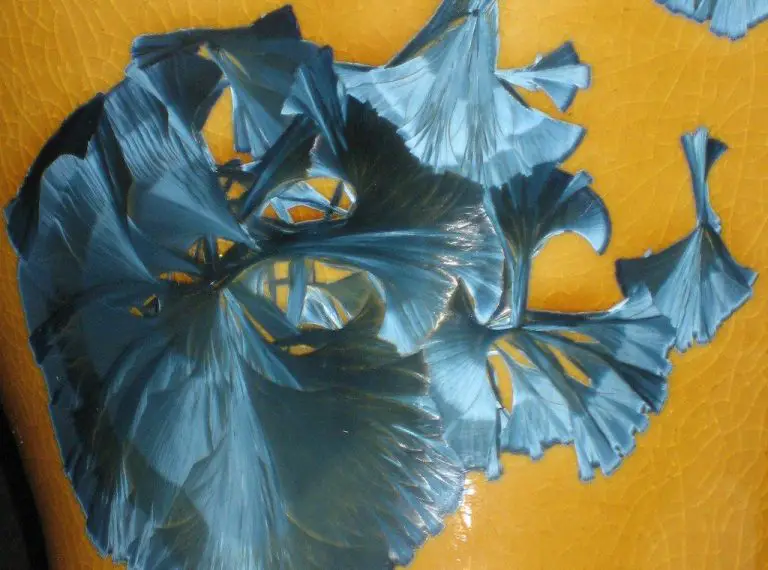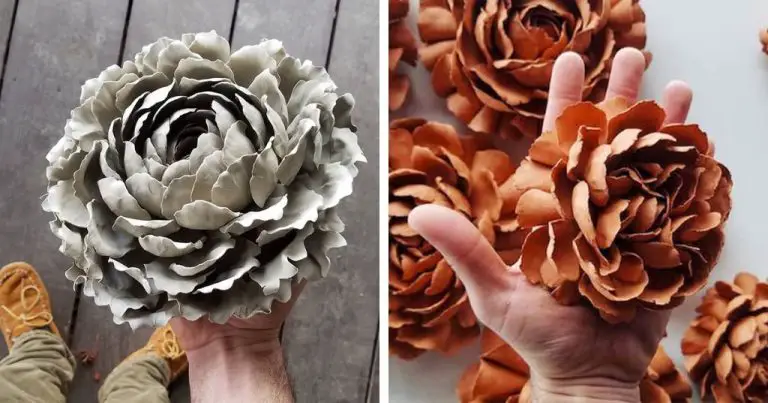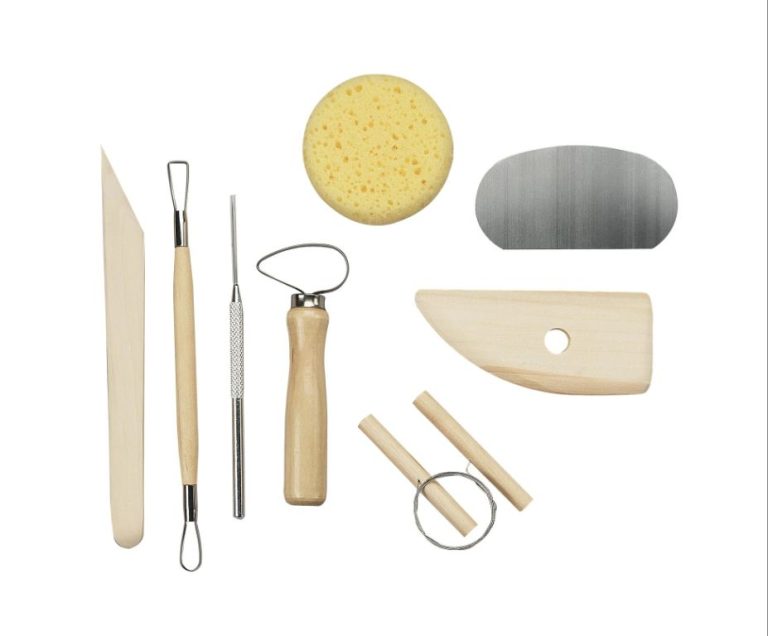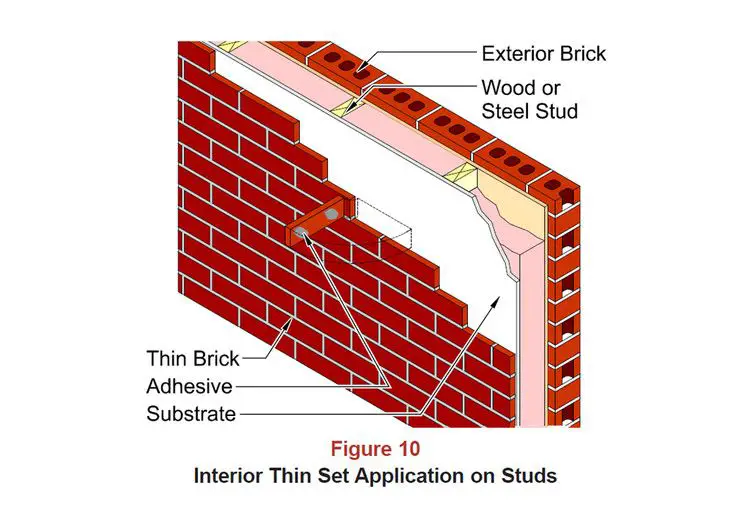What Are The Tools For Sculpting?
Sculpting is one of the oldest art forms, dating back to prehistoric times when early humans first began carving shapes and forms out of stone, ivory, clay, and wood. The history of sculpture spans cultures across the world, from ancient Mediterranean civilizations like Egypt, Greece, and Rome to the sculptures of India, China, and pre-Colombian America. Over the centuries, sculptors have employed a wide variety of techniques and materials to create three-dimensional works of art.
The most common types of sculpting include:
- Carving – where the artist removes material from a solid block to achieve the desired form. This includes stone carving, wood carving, and ice carving.
- Modeling – where the artist manipulates a soft, malleable material like clay or wax into the desired shape.
- Casting – where a mold is made of the original sculpture and then used to produce copies in plaster, metal, plastic, or other materials.
- Assemblage – where the artist combines disparate found objects and sculpts them into a cohesive whole.
This overview will explore the wide variety of tools and techniques available to sculptors working in different media, from the chisels and hammers used for stone carving to the armatures and modeling tools used for clay sculpting.
Clay
Clay is one of the most popular and versatile materials for sculpting. Its malleable properties allow artists to easily shape, add, and remove material as needed. There are several types of clay used in sculpting:
Plasteline or oil-based modeling clay remains soft and never dries out, enabling sculptors to refine a piece over longer periods. It is excellent for sketching and maquettes. However, plasteline pieces cannot be hardened permanently.
Polymer clay is made from PVC resins and hardens at low baking temperatures. It comes in various colors and polymerizes when heated to 300°F. Polymer clay sculpts can be painted after baking. Popular brands include Sculpey and Fimo.
Pottery or ceramic clays are water-based, can be fired at high temperatures to harden, and are available in earthen colors. Some common types include earthenware, stoneware, and porcelain. Firing unlocks the full strength and durability of ceramic sculptures. Clay carving tools include wire loop tools, ribs, wooden modeling tools, plastic sculpting tools, and knives.
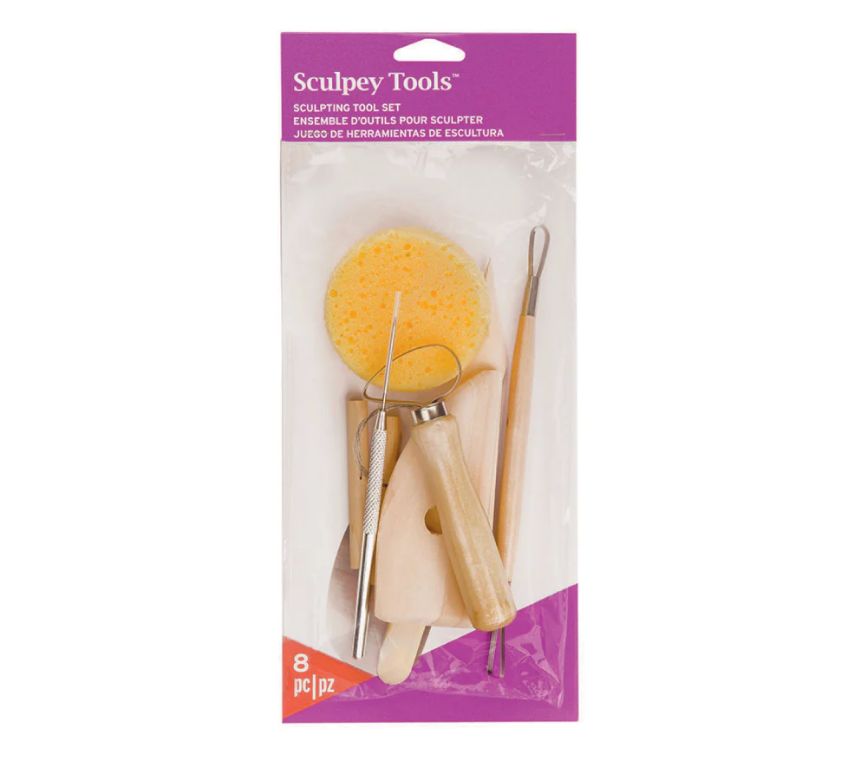
Clay allows detailed sculpting and precision. It can also be quickly shaped into rough forms before refinement. With the right sealer, fired clay pieces are extremely durable. The responsive nature of clay makes it ideal for sculptors to work intuitively and create organic, flowing forms.
Stone
Stone is one of the most popular and traditional media for sculptors. Some of the most common types of stone used for sculpting include marble, granite, limestone, sandstone, alabaster, and soapstone. Each stone has its own properties and working characteristics.
Marble is a metamorphic rock known for its softness, smooth texture, and white color. It has been favored by sculptors since ancient times. Marble is relatively easy to carve and polish to a fine sheen. Some of the most famous marble sculptures include Michelangelo’s David and Pietà.
Granite is an igneous rock prized for its hardness and durability. It resists weathering and has a crystalline structure that sparkles when polished. Granite comes in a wider range of colors than marble. Modern granite sculpting often employs power tools, but traditionally chisels and hammers were used.
Limestone is a sedimentary rock composed of calcium carbonate. It is softer than granite but harder than marble. Limestone can be carved into intricate decorative details. The Great Sphinx of Giza in Egypt was sculpted from limestone.
Sandstone is another sedimentary stone formed from compacted sand grains. It has a coarse texture that requires skill to work with. Sandstone was employed for medieval architectural carvings due to its affordability.
The main techniques for stone carving include chipping away stone with a chisel and mallet, abrasion using power tools like grinders or sanders, and polishing to refine the surface. Chisels come in different shapes like points, claws, and flats. Common chisel types include pitching, claw, bush hammer, and tooth chisel. Mason’s hammers help drive the chisel into the stone (Marble and Granite Stone Carving Tools). Other handy stone carving tools are rasps, rifflers, and files for smoothing irregularities (Sculpture & Carving | Trow & Holden Company).
Metal
Metals like bronze, copper, steel and aluminum are commonly used for sculpting. Each metal has different properties that affect the shaping and finishing process.
Metal shaping techniques include:
- Casting – molten metal is poured into a mold and allowed to harden.
- Welding – joining pieces of metal together by heating.
- Forging – hammering or compressing metal into shape.
- Cutting – using saws or torches to cut away excess material.
Metal sculptors use a variety of tools including:
- Hammers – for hammering, flattening, or texturing the metal.
- Files – for smoothing rough edges.
- Pliers – for bending, twisting, and shaping.
- Chisels – for removing metal.
- Angle grinders – for cutting and grinding.
Some specialty metal sculpting tools like chasing tools and veining tools are used to add detailed patterns and textures.
Sources:
https://www.luminsworkshop.com/en-us/products/precision-metal-sculpting-tools-set-of-10
Wood
Some of the most suitable woods for sculpting include basswood, butternut, tupelo, poplar, and pine. When selecting wood, you’ll want to choose woods that have a straight, tight grain and are free of knots and defects. Softer woods like basswood, butternut and tupelo are ideal for beginners as they are easier to carve than hardwoods.
Common methods for wood carving include chip carving, relief carving, sculpting in the round, and whittling. Chip carving involves removing small chips of wood in geometric patterns. Relief carving creates shapes that project outward from a flat wood surface. Sculpting in the round carves a 3D form where the wood is removed all around the object. Whittling is done with a simple pocket knife to carve small objects and figures.
Essential wood carving tools include knives, gouges, chisels, rasps, and files. Knives have a straight edge for making clean cuts, while gouges have curved blades for scooping out concave areas. Chisels come in various widths for chopping and smoothing. Rasps and files shape and refine the wood surface. sources: https://www.craftlits.com/wood-carving-tools/, https://www.amazon.com/Carving-Adevena-Sculpting-Beginners-Professions/dp/B07P6M2TMF
Plastics
Plastics like polymer clay, epoxy sculpting putty, and plasticine are commonly used for sculpting. Polymer clay is an oil-based modeling compound that can be shaped when soft, then hardened in a conventional oven. It comes in a variety of colors and finishes. Epoxy putties are two-part sculpting compounds that chemically react and harden when mixed together. Plasticine is an oil-based modeling clay that stays soft and pliable. It is non-hardening and reusable.
Plastics can be shaped and carved using specialized sculpting tools like loop tools, ribbon tools, rubber shapers, silicone tipped tools, and ball styluses. These tools help smooth, blend, and refine plastic surfaces. Some key tools used are clay shapers for smoothing, loop tools for scraping and cutting contours, ribbon tools for textures, and silicone tipped tools for shaping intricate details. Proper plastic sculpting tools allow more control and precision when working with these materials.
Sources:
https://www.amazon.com/Modeling-Sculpting-Double-Head-Suitable-Decorating/dp/B0BFWCNVJ1
Additives
Additives are materials that are applied to sculptures to alter their appearance or performance. Some common types of sculpting additives include:
Waxes
Sculpting waxes are used to protect sculptures, provide a smooth surface for handling, and create translucent effects. Microcrystalline wax can be brushed onto clay or plaster sculptures to seal them before casting in metal or firing in a kiln. Wax coatings allow sculptors to continue handling fragile works-in-progress without damaging the surface. Modeling waxes of different opacity and colors can also be used to add color accents or translucent effects.
Glazes and Paints
Glazes and paints add color, patterns, and visual interest to fired clay sculptures. Solvent-based acrylic paints can be used on polymer clay and air-dry clays as well. Patinas are chemical solutions that produce colored coatings on metal. These additives allow extensive customization of a sculpture’s appearance.
Sealers and Protectants
Clear acrylic sprays and other sealers can be applied over painted, glazed, or patinated surfaces to protect the finishes and prevent chipping, fading, or wear. Polyurethane or epoxy resin coatings also seal and reinforce fragile materials like wood or foam. Protective additives help finished sculptures withstand damage during handling and environmental exposure.
Power Tools
Power tools allow sculptors to efficiently remove material and achieve desired forms and textures. Popular power tools include:
Power saws like angle grinders with diamond or abrasive blades are used for rapidly cutting and shaping stone, metal, wood, and other rigid materials. Sanding discs can smooth and polish surfaces. Pneumatic chisels and hammers driven by compressed air are excellent for stone carving, allowing the artist to precisely chip away material.
For safety, sculptors should wear protective eyewear, masks, ear protection, and gloves when using power tools that generate flying debris and loud noise. Work areas must be well-ventilated and free of slipping/tripping hazards. Power tool training is essential to prevent injuries. With proper precautions, power tools greatly enhance a sculptor’s capability and efficiency.
Finishing
Once a sculpture has been formed, sculptors often employ finishing techniques to refine the look and feel of the artwork. Some common finishing techniques include:
Polishing and buffing: Using abrasive materials like emery, pumice, tripoli, and jeweler’s rouge to smooth surfaces and bring out a shine. Rotary tools and buffing wheels may be used. Polishing makes details crisper and creates reflective highlights.1
Smoothing and texturing: Using files, sandpaper, rasps, and rifflers to refine shapes, remove tool marks, and create visual interest. Texturing adds tactile elements for the viewer to experience. Fine details are sharpened with small abrasives.
Joining multipart sculptures: Assembling separate sculptural components into a cohesive whole. Can involve welding metal pieces, adhering clay or stone sections, or mechanically fastening with screws, bolts, etc. Seamless joints unite forms.
Finishing transforms a rough sculpture into a polished work of art. Mastering techniques for smoothing, polishing, and joining elements allows sculptors to fully realize their creative visions.
Conclusion
In summary, sculptors have a wide variety of tools and materials to choose from when creating their works of art. The most common sculpting materials are clay, stone, metal, wood and plastics, each with their own unique properties and requirements in terms of tools and techniques. The key tools used across these mediums include modeling tools like sculpting knives, loop tools, ribs and cutters for shaping, carving tools like chisels and rasps for removing material, and finishing tools like files, sandpaper and polishing compounds.
Choosing the right tools to match the medium is crucial in order to properly manipulate and shape the material. Sculptors must understand the limitations and advantages of their chosen material and select tools that allow them to leverage the medium’s strengths. For example, clay is extremely malleable and best shaped with fingers, loops and flexible metal tools, while stone requires strong chisels and hammers for carving. Having the proper tools allows the artist to fully realize their vision.
In the hands of a skilled sculptor, these basic tools and materials can be transformed into breathtaking works of art. The creative potential is limitless. With an understanding of the fundamentals of sculpting tools and techniques, both novice and experienced sculptors can better express their artistic vision.

